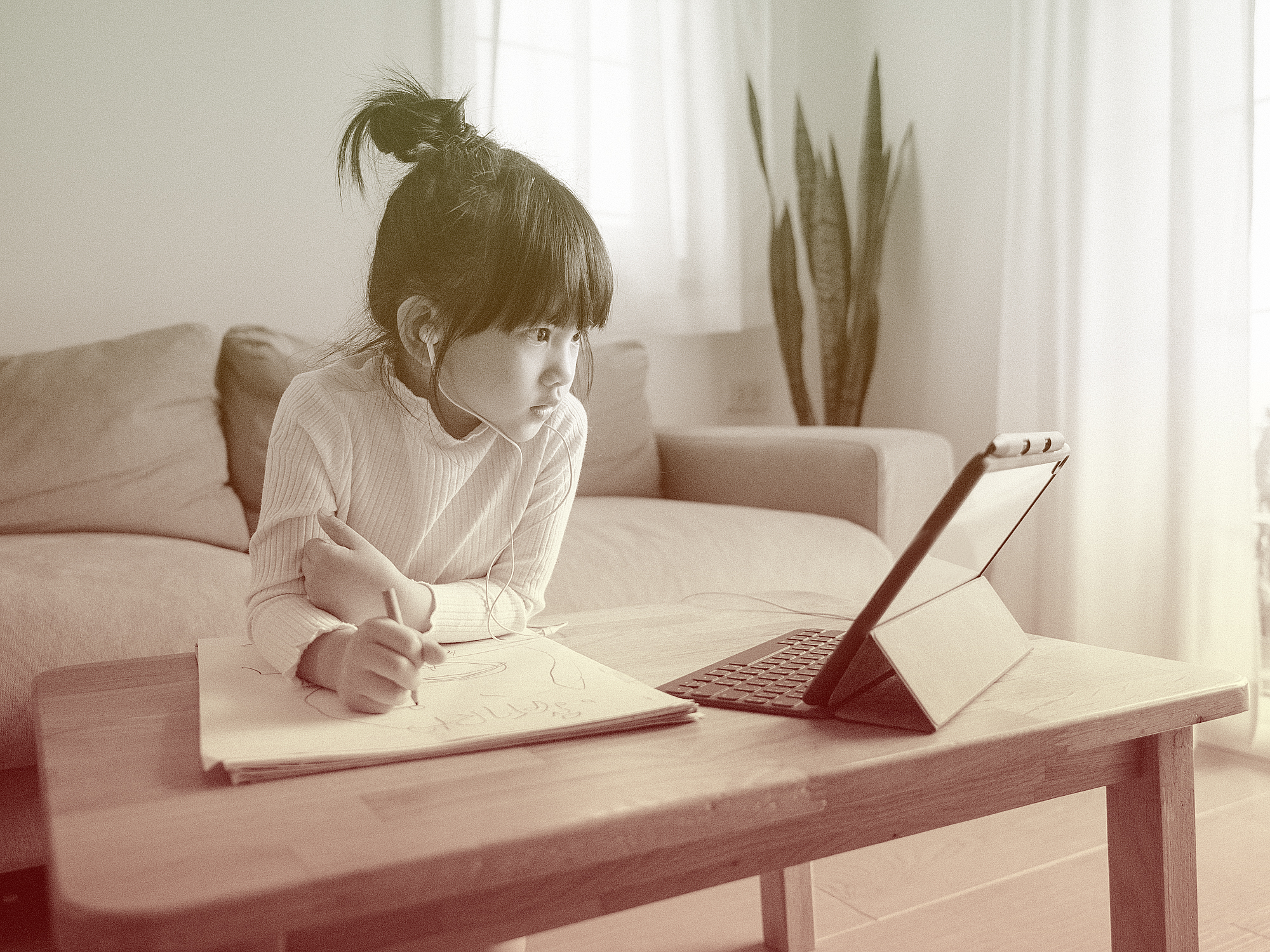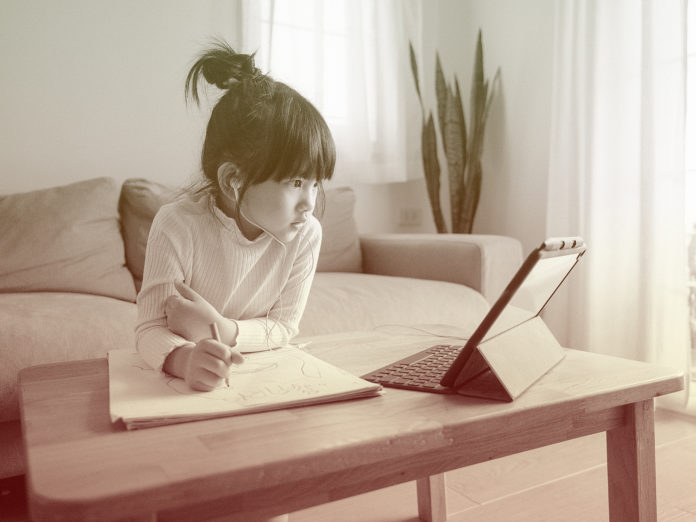Reading yet another email from my kids’ school, all I want is one thing: for this to feel easier! The spring was so sudden, with immediate closures and trying to figure everything out as we went along. And now, we're trying to make the best of a situation that feels out of our control.
None of it is easy. But as a former elementary teacher, I’ve found these five tips helped make it easier for all of us and we’re planning to do the same once virtual school starts in the fall.
Make Eating Easy
It seems like people want to eat all the time when they're home, especially kids! In the spring when we were distance learning (and I say we because WE were all learning something through this), it seemed like someone was always eating. How were my three kids—ages 15, 14, and 12—even learning with all the time focused on eating?
The best way I found to handle the 24-hour diner that our kitchen had become was to treat our day like we were leaving the house. And that started with packing lunches and snacks the night before. When everything is all set up, the learning day runs smoother and the all access kitchen pass is revoked. One favorite that made us all happy was Nurture Life. It offers prepackaged meals that are also healthy. With cold meals and heat-and-eat options for babies to teens, this was a favorite for everyone in our house.
Bonus sanity saver: Meal delivery service for dinner. It is so helpful to have a few nights a week that I don't have to think about what to make. We loved Hello Fresh. (And the kids even helped cook!)
Get Moving
With so much of learning time being tied to a screen, life quickly becomes sedentary. We know our kids need to be active, but why is it so important?
"Movement feeds our mental and physical health. Ironically, running around is what allows us to sit down and pay attention. It burns off excess energy, bolsters our endorphins, and gets our blood pumping. Movement will need to go hand-in-hand with online sedentary learning," says Robyn Silverman, Ph.D., a child and teen development specialist based in Morris County, New Jersey.
If we want distance learning to be successful for our kids, incorporating multiple opportunities for movement is key. Try having short morning and afternoon movement breaks as well as a post-lunch recess time to stay active. A run around the house, having a 10-minute dance party, or even a hula hoop near your workspace are all quick and easy ways to get moving.
Bonus sanity saver: Have a stretch of time after school that is completely screen-free and outdoors if possible.

Set an End Time
It's all too easy to keep working (or schooling) longer than necessary because there is always more to do and it's right at our fingertips. Deciding on an end time or setting set times for start and finish makes a big difference for kids to structure time for learning and fun at home.
When you have an end time kids should close the computers, put schoolwork aside, and do something else.
Bonus sanity saver: Creative ways to break free from the school-day could be a family walk around the block, a quick drive, or even playing with a toy picked early in the day to shift from school brain to home.
Prioritize Friend Time
One of the biggest things kids miss with distance learning is regular times to be with friends. Knowing that and making it a priority can make a big difference for your child's mental health.
"While it requires some creativity, this can be done over video chat or even by doing things like making scavenger hunts for one another or dropping riddles for each other in mailboxes. Kids are great at thinking outside the box. If we ask them, 'What can you do to connect with your friends even though we can't hang out?' they'll come up with a ton of answers," says Katie Hurley, LCSW, author of The Happy Kid Handbook and No More Mean Girls. "When parents are creative and flexible about this, kids find ways to strengthen their bonds and spend time together."
Bonus sanity saver: Set a day each week that each child has a "playdate." Knowing she can look forward to an outside visit with her besties every Wednesday can make the whole week go smoother.
Remember That Alone Time Matters, Too
While distance learning can feel isolating, it also can create a scenario that never offers alone time. With siblings and caretakers always home, plus the unusual dynamic of virtually inviting teachers and classmates into your home, children can miss out on the important things that come with alone time. And alone time is important—research shows it can lead to relaxation and reduce stress.
Setting aside a time each day that your child expects to play alone is a great way to get started. Even making it a family occurrence, where everyone spends their alone time at a certain time each day, will help you and your child decompress and process the day.
Bonus sanity saver: Create a family list of ideas for things to do during "alone time." Ideas like reading, napping, coloring, shooting hoops, swinging on the swings, or playing with Play-Doh are a great place to start. Keep the list handy when people need help thinking of things to do.
And keep in mind, not everything will feel easy so don't be too hard on yourself!













